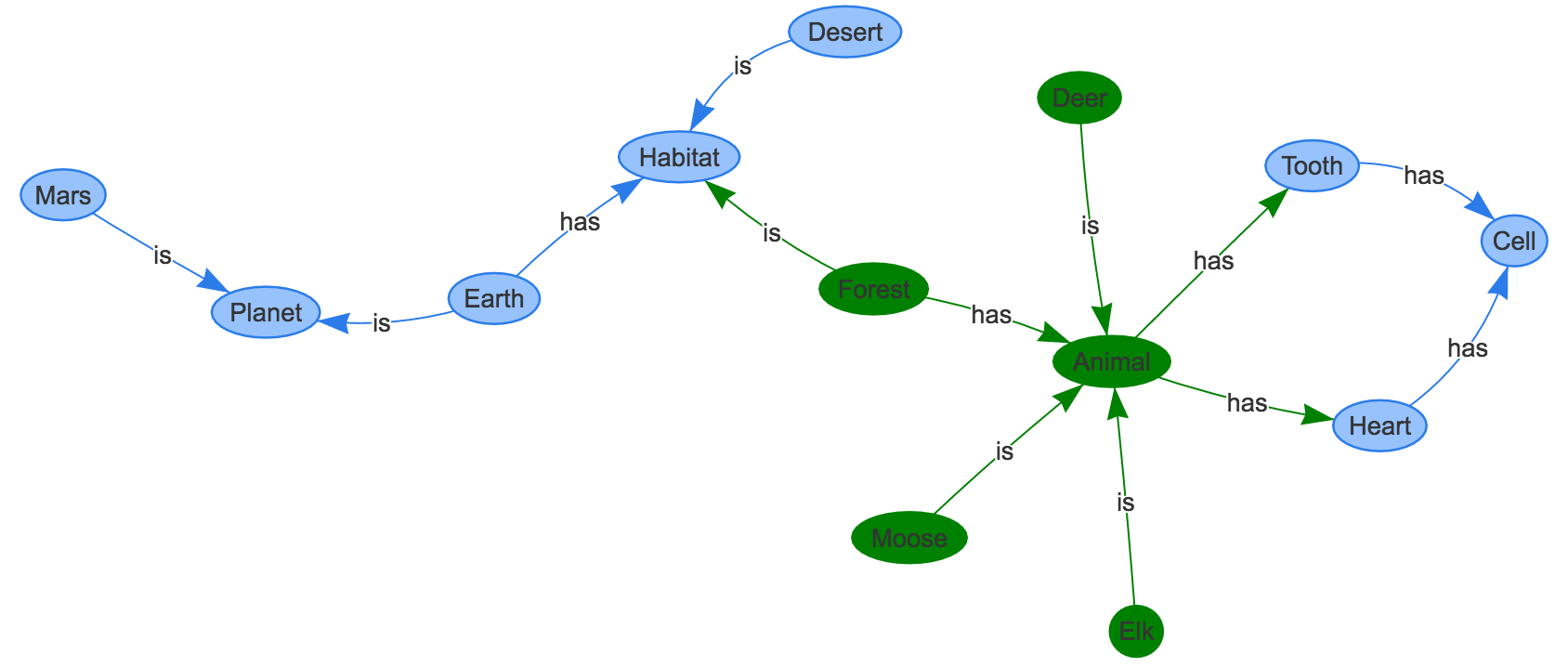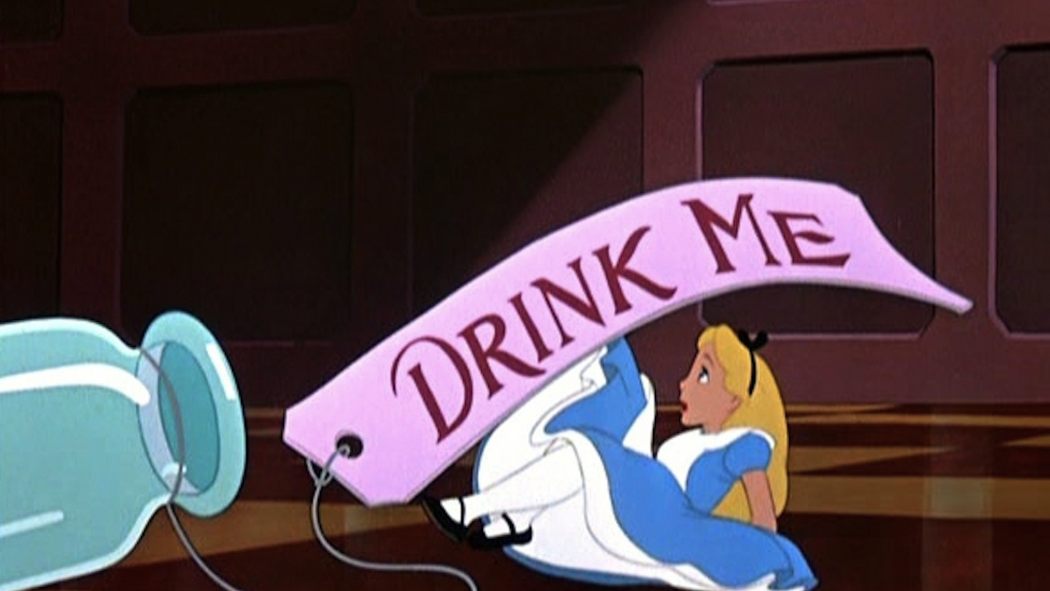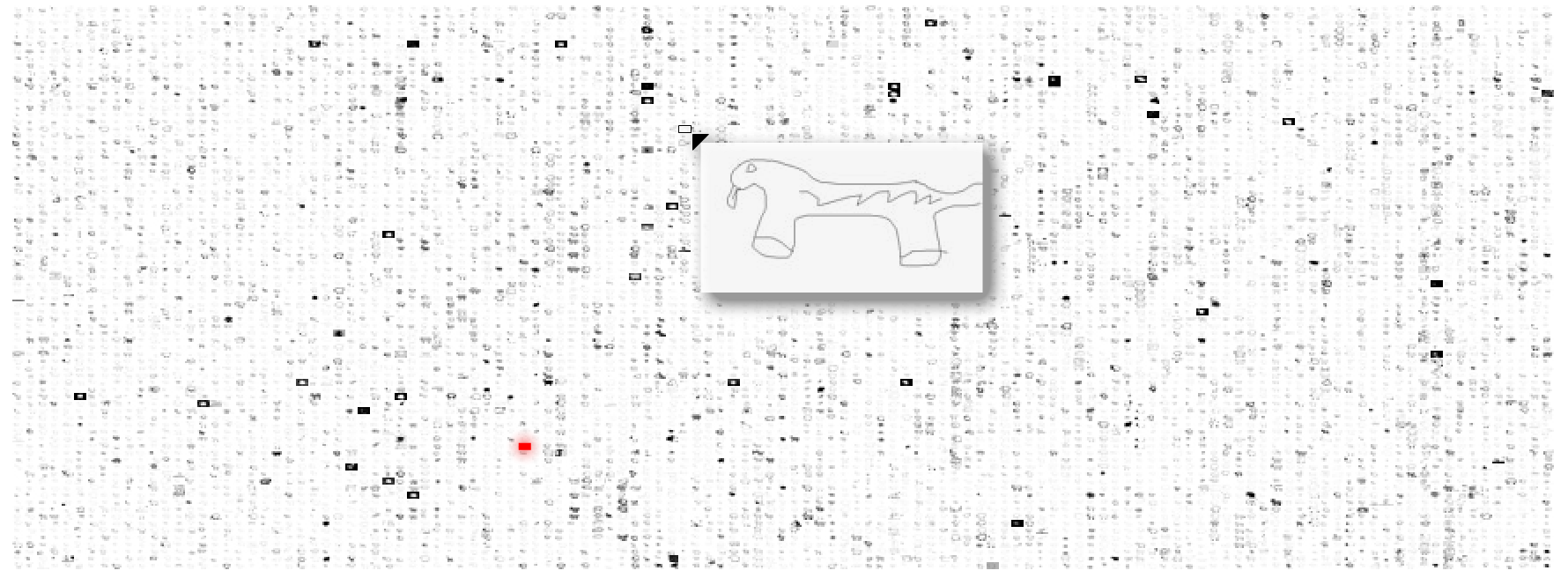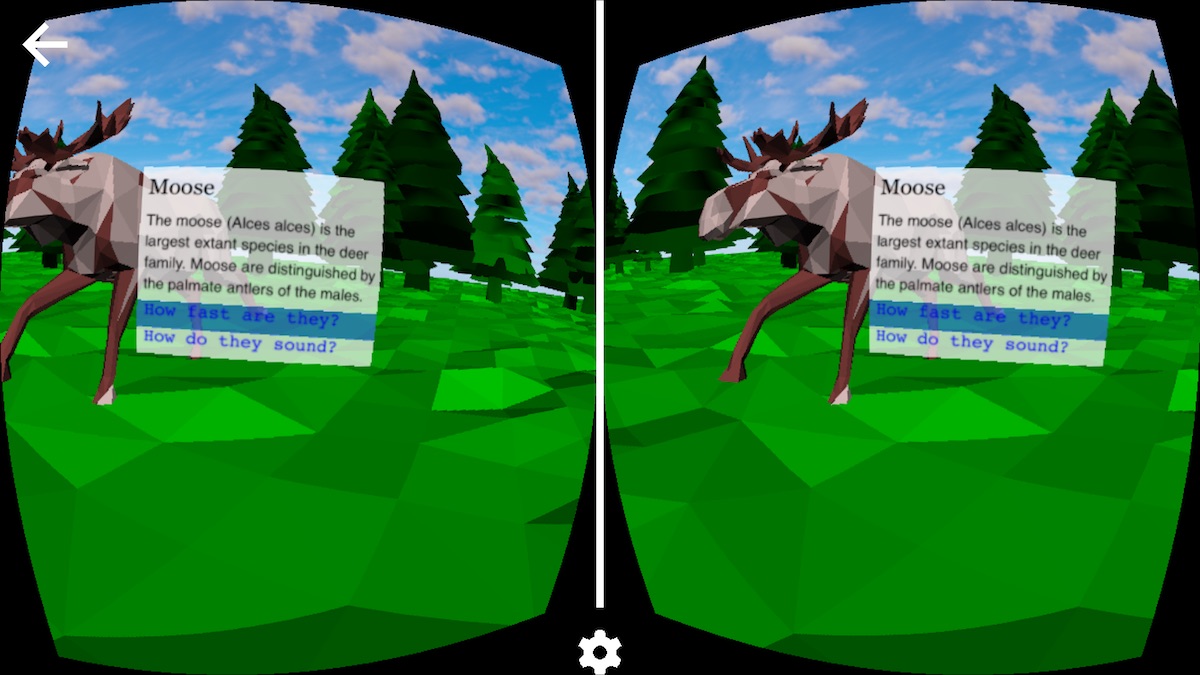Browsing Wikipedia in VR
WebVR provides a solid technical foundation on which to build compelling VR experiences. But it does not answer a critical question, which is the topic of this post:
What could the web become in a Virtual Reality environment?
Gear VR provides a simple and straightforward answer: same same. The fundamental unit is still a page, but you use the immersion of VR to increase your effective screen size. The input constraints result in a worse experience for the user. Scrolling with your finger on your temple is tiring and head-based typing is a massive pain. Given the input constraints, we need to beef up the output and make it better matched to what VR excels at. A responsive design inspired solution would involve deconstructing the page to better suit the nature of the immersive environment.
Another approach is to make a clean break from legacy web content. What if certain web pages had parallel content tailored for virtual reality? In this post, I'll explore this idea with an example focused on Wikipedia.
Navigating the VR Forest
The web in general and Wikipedia specifically covers a vast amount of information — nearly everything. Everything is a daunting place to start, so we will begin with something specific: a forest.
To begin, navigate to a (fake) wikipedia article about a moose, and hit the VR button. This takes you to a forest meadow, with a life sized moose in front of you. You are free to move inside the forest (focus on the grass and click) and interact with other animals in it. Looking at an animal gives you some basic Wikipedia-inspired information about it. Clicking it focuses you in on it and presents options. If you leave VR when focused on an animal, you end up on the associated Wikipedia article. This closes the navigation loop: you can start from one webpage, enter VR mode, navigate to another entity inside VR, leave VR and end up on another webpage.
Try out this Wikipedia VR sample on your mobile phone in Cardboard. It also works on desktop using the spacebar to simulate the Cardboard click.

VR and education are naturally matched. As Ben explains eloquently in an I/O talk, "VR is a chance to scale experiential learning". Remembering what you learned in class is much harder than remembering your favorite vacation. In this Wikipedia example, you immediately get a sense of the animal's grandeur, which is hard to convey in words and images. You can get a feeling for quickly it runs, and what it sounds like.
Closing thoughts
Tip of the iceberg. The entities in this Wikipedia demo (in green) represent a tiny subgraph of Wikipedia:

All of the above are positioned in a much bigger subgraph of Wikipedia which might can be represented in VR. Of course, many Wikipedia pages are really difficult to imagine in VR. Could Wikipedia's Philosophy article have a compelling VR version?
Changing scale. The ability to change scale would make it possible to place every entity from the above graph into VR Wikipedia. Imagine diving into the hide of the moose, learning about symbiotic insects and hair folicles, then going deeper to learn about the structure of hair on a molecular level. Or vice versa, zooming out to look at planet Earth to see where moose live, or going into an abstract view to explore Family Cervidae. It's easy to lose an hour or two in Wikipedia's hyperlink maze. One day, it may be even easier to do this in VR.

Content is king. The big open question is how to generate this content. Even a scoped down project to VR-ify categories of Wikipedia pages (say, only forest animals), is incredibly ambitious. Where do you get all of the models? How do you animiate them to run, jump, stand around, sleep, play, eat and be eaten? How do you place them in a the forest in a meaningful way? Doing this automatically seems, at a glance, AI-hard.
Limited knowledge graphs. Even if you imagine that we have a series of animated models, how do we compose them together? Do moose and canaries live in the same environment? Can you find fire ants in the bark of a Sequoia? How many? How big are hyenas, and how quickly do they run? This information is missing from even the best known knowledge graph.
3D modeling is difficult. Wikipedia's giant corpus of quality content exists because it's easy for many people to collaborate. Wikipedians need to be good writers, well versed in their topic, and motivated to contribute. There is a technical barrier - learning Wikipedia markup - but it is not incredibly difficult. For a Wikipedia in VR, the technical barriers are much higher. Even with a good collaborative editor, it seems inevitable that contributors would need to have some sense of 3D modelling, and a far more specialized skillset.
Artistic considerations. One of the challenges for a large community project like Wikipedia is establishing a consistent style. Imagine if every Wikipedia image was hand drawn. Artistic abilities vary wildly, and you can imagine a funny and chaotic result. Aaron Koblin's now classic Sheep Market experiment comes to mind:

